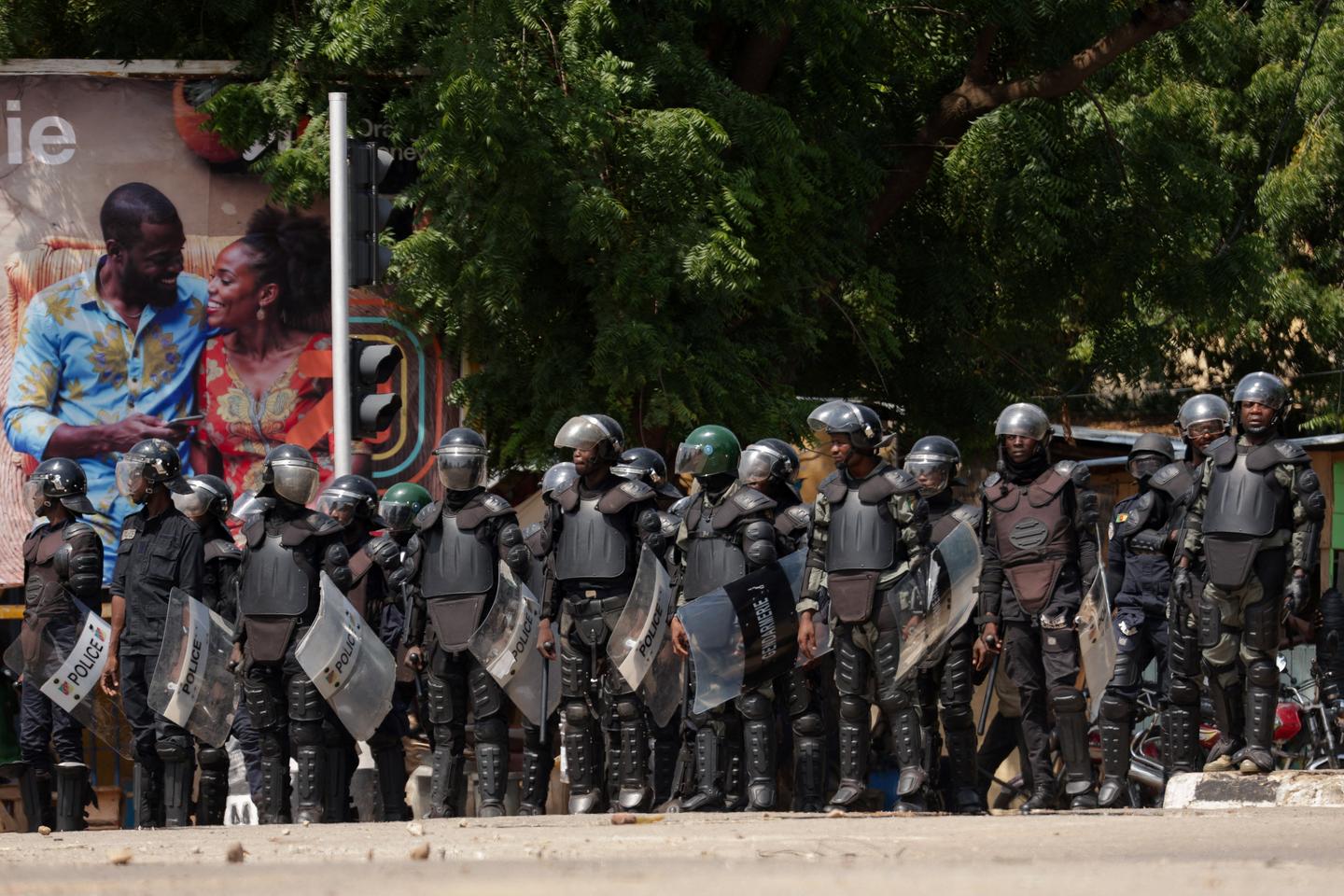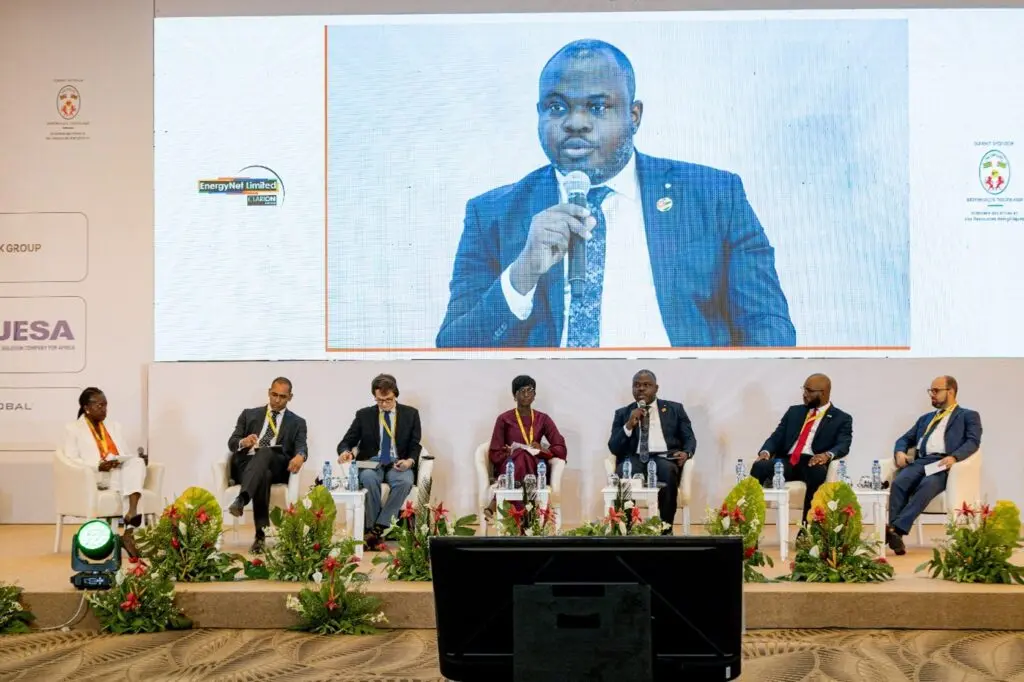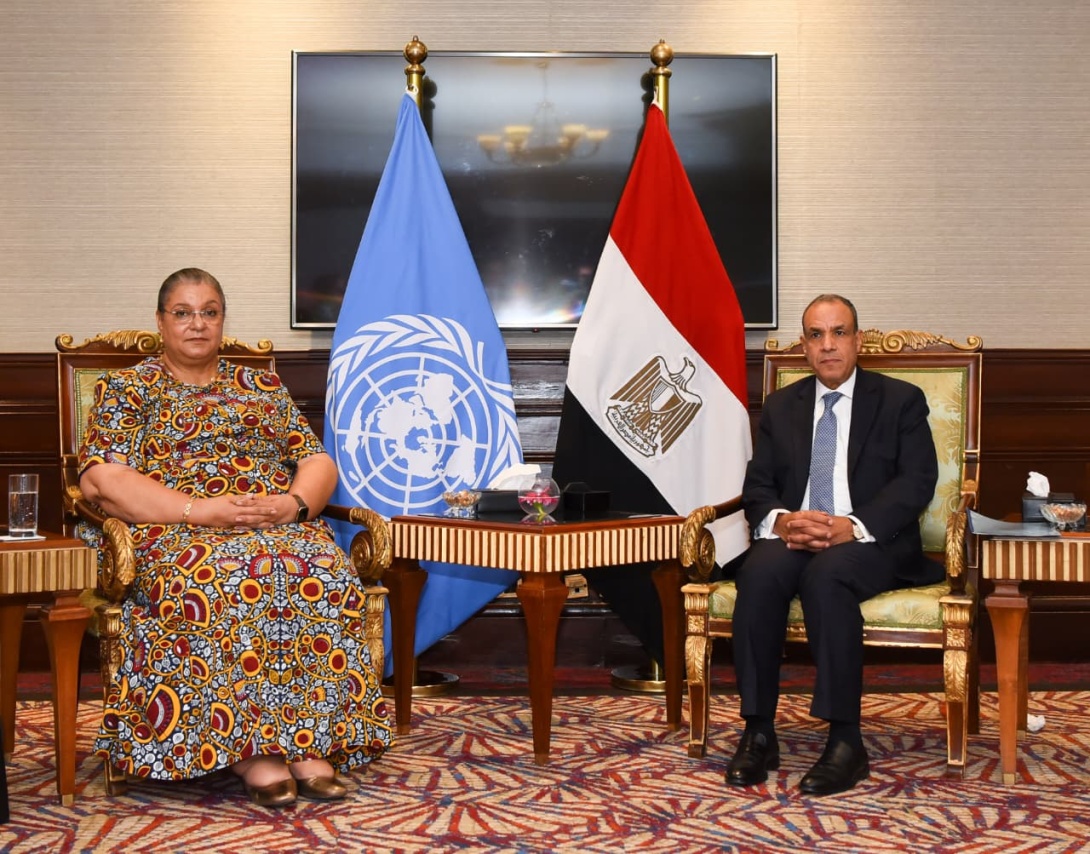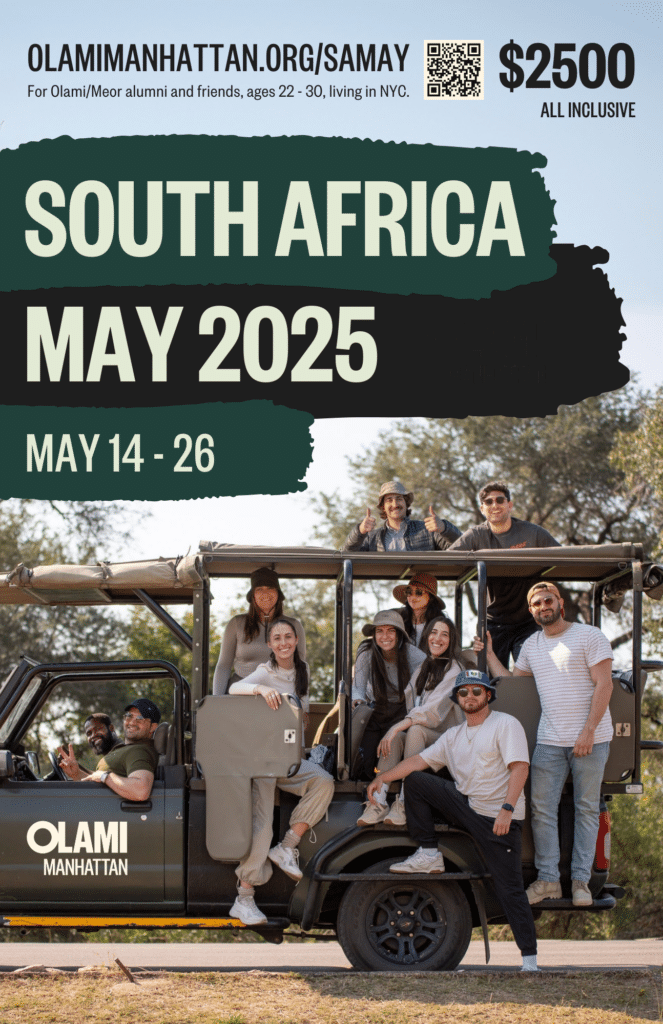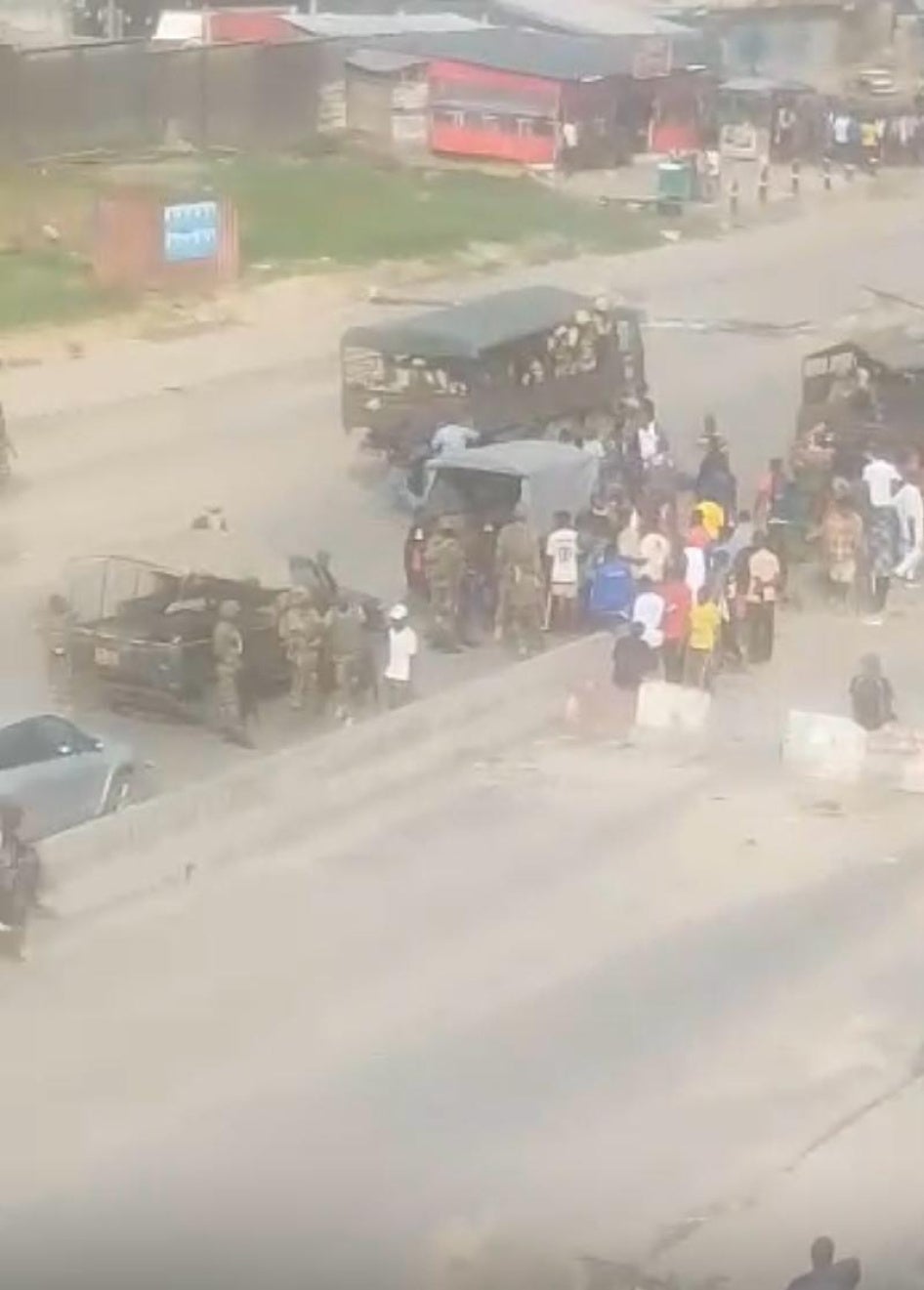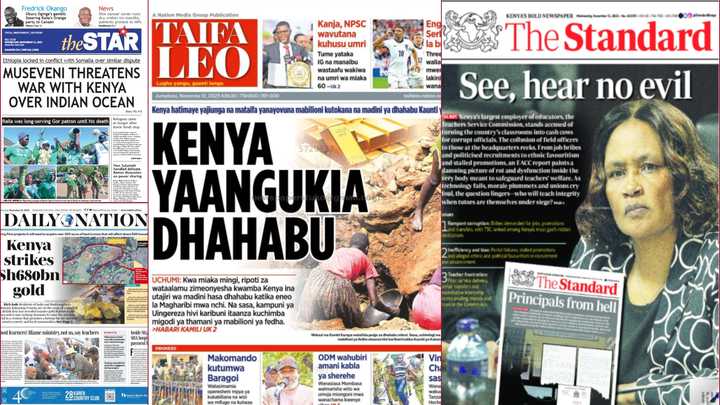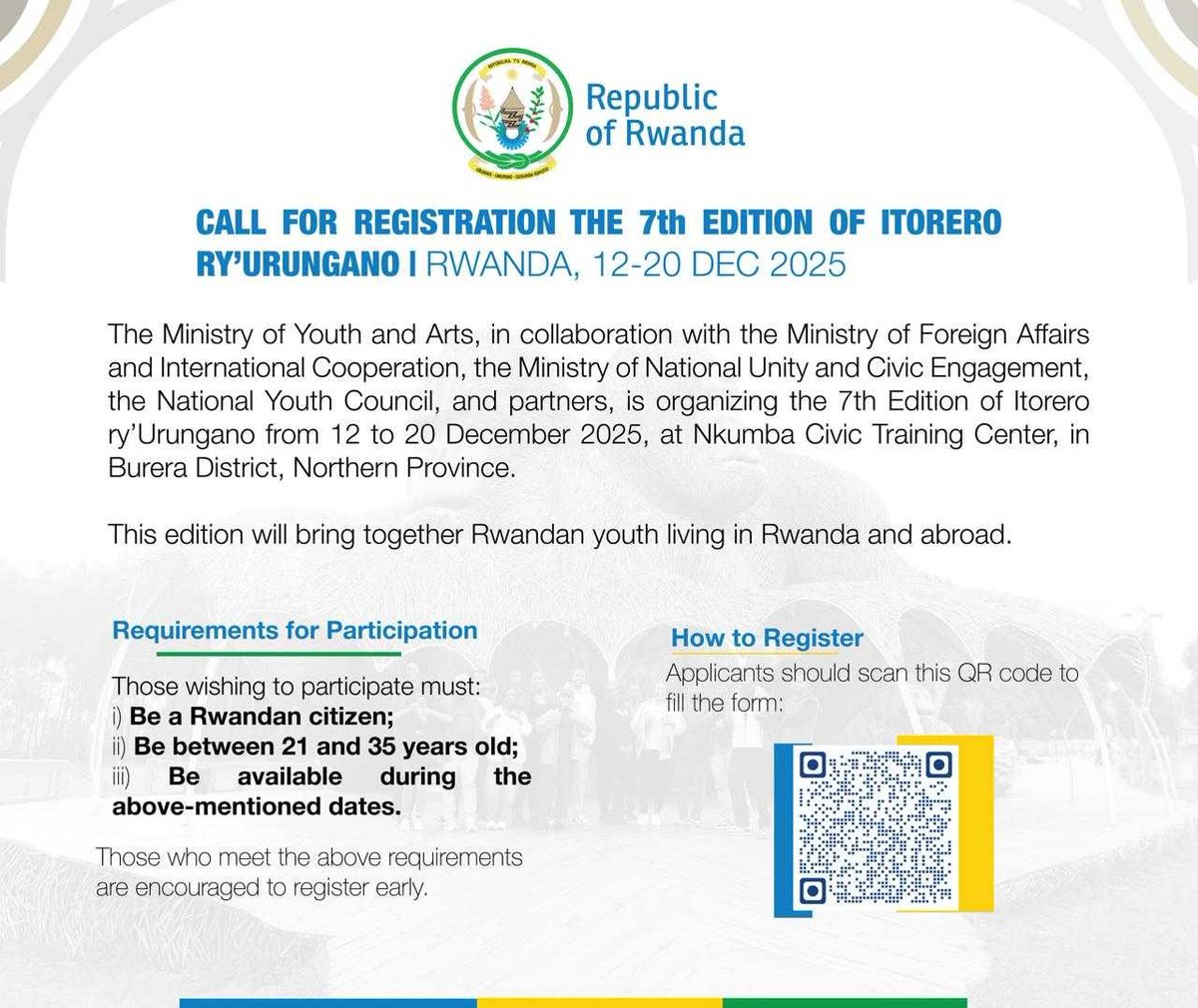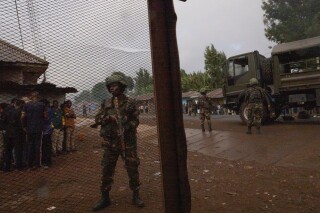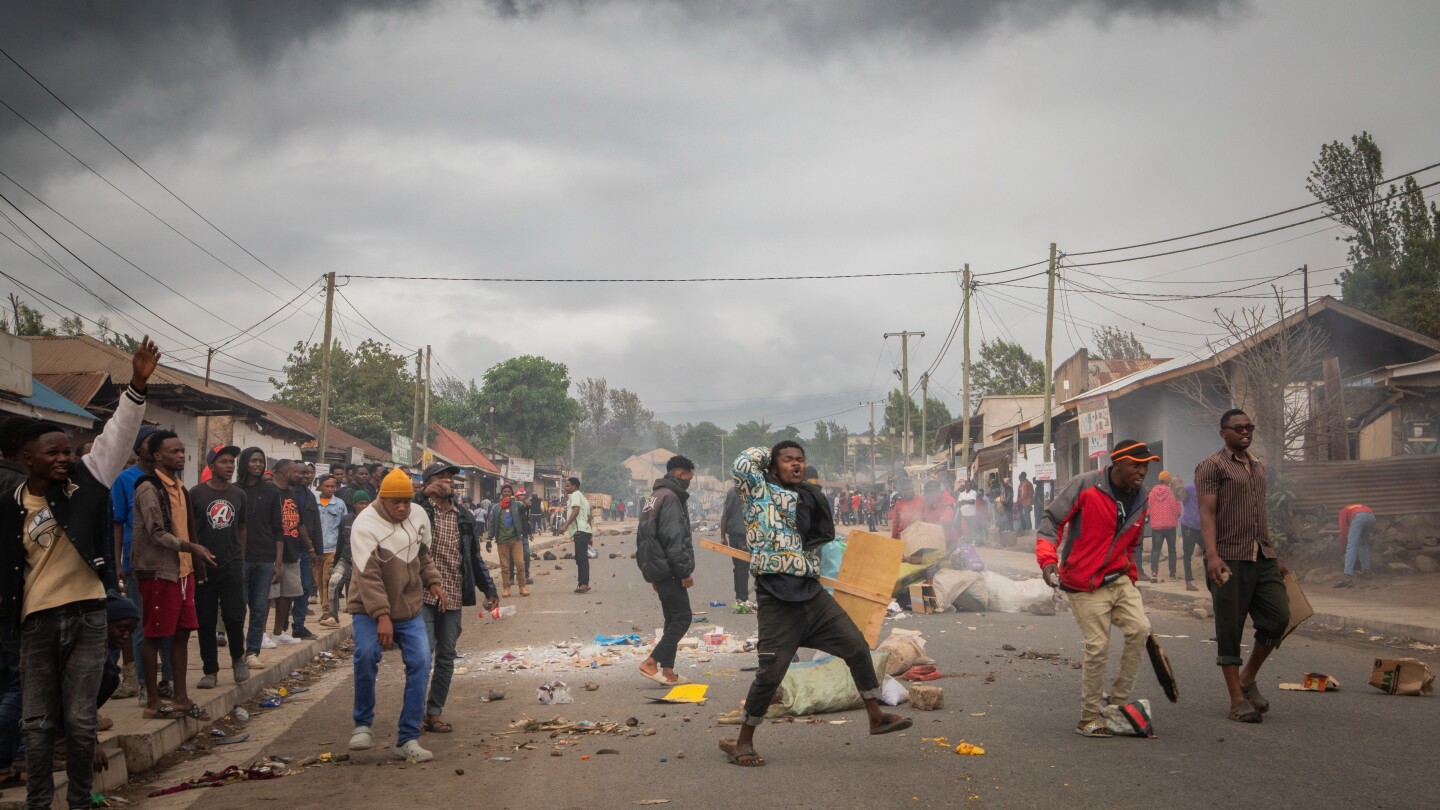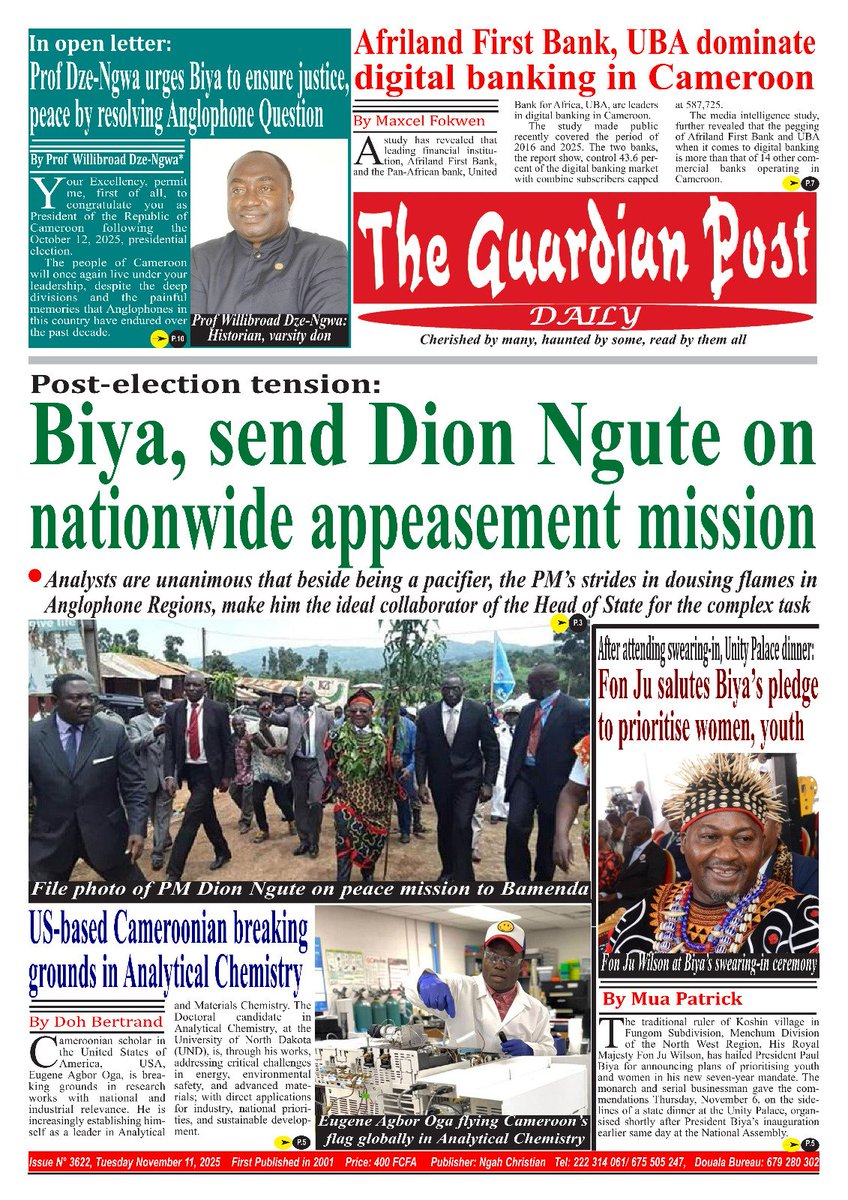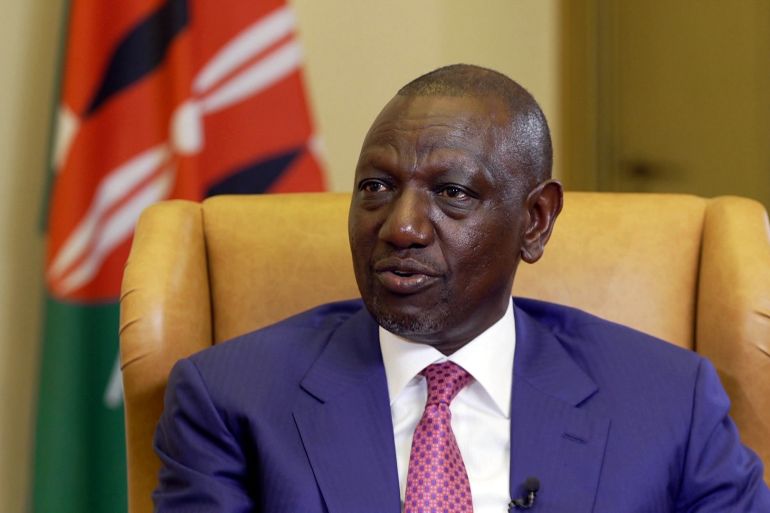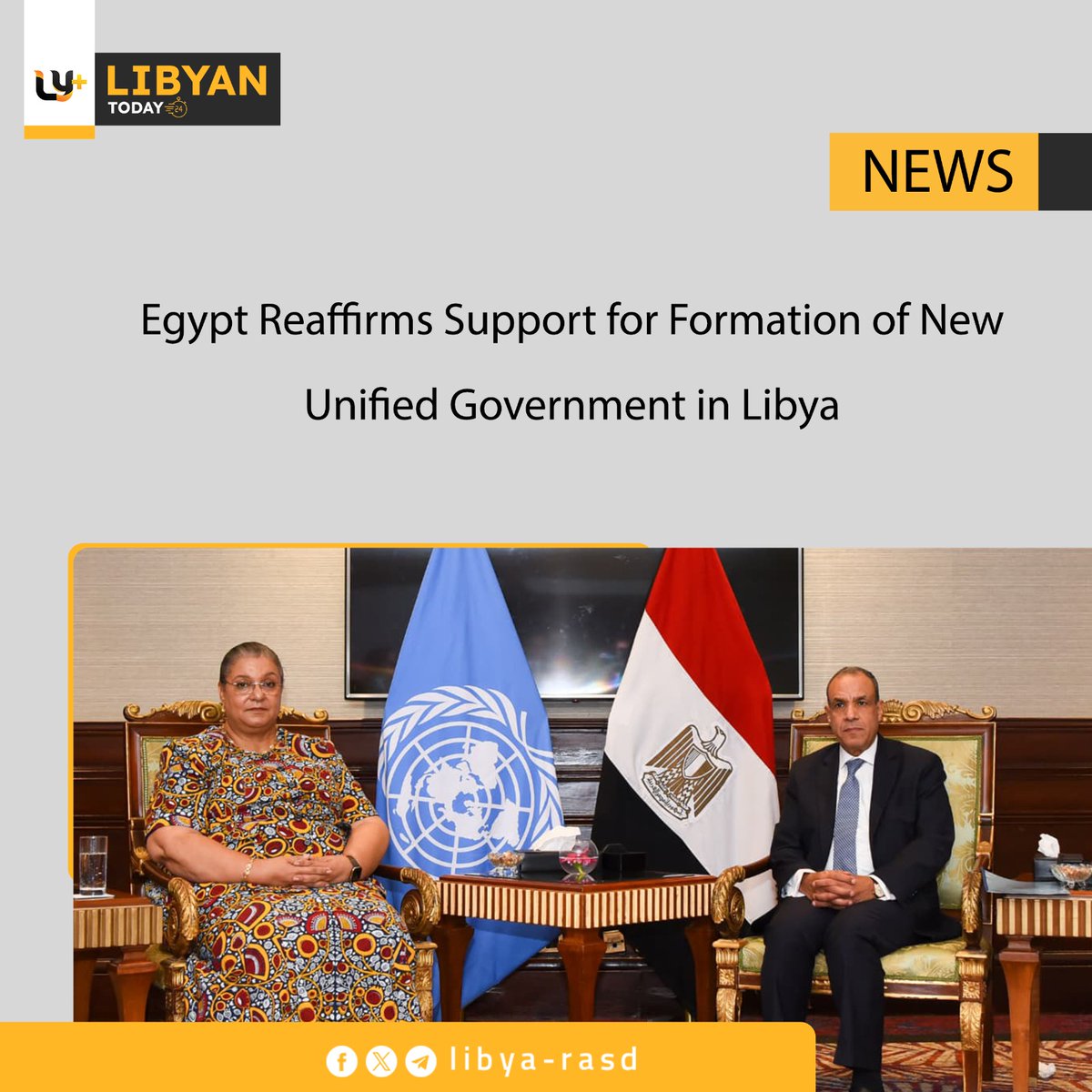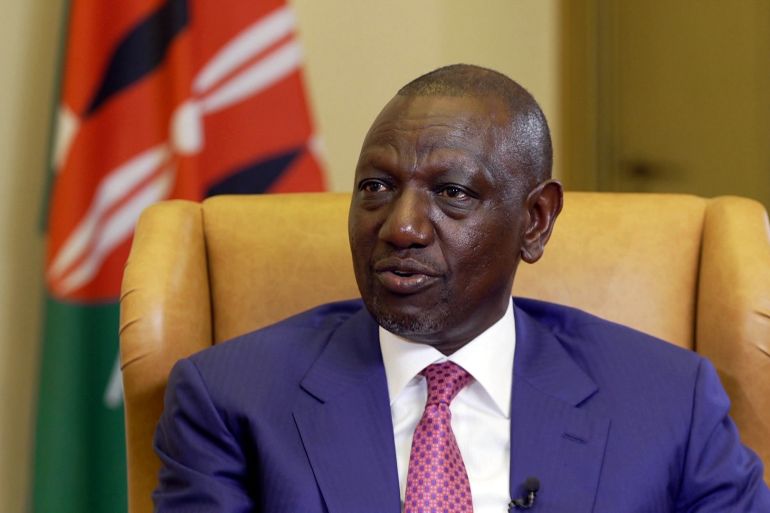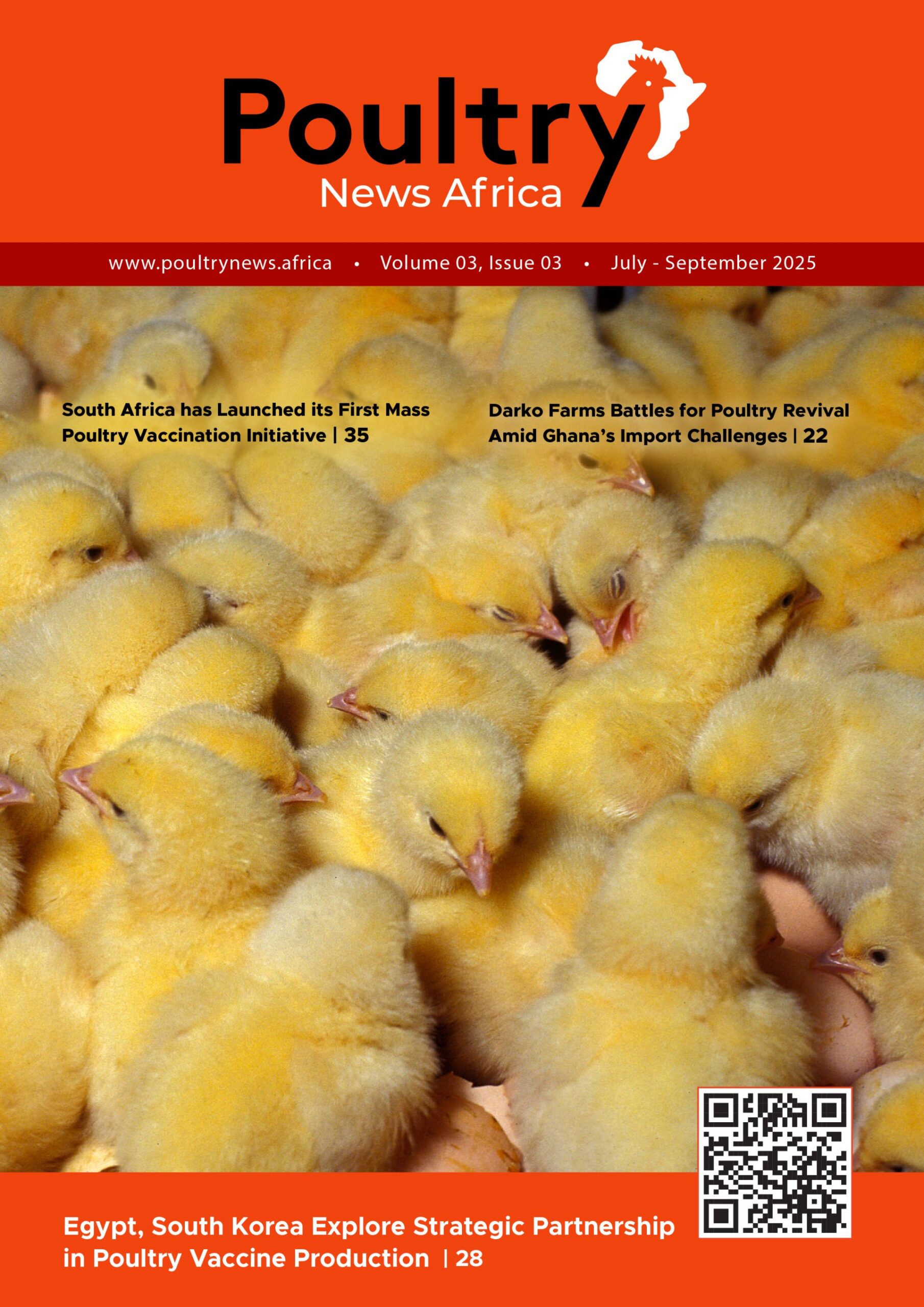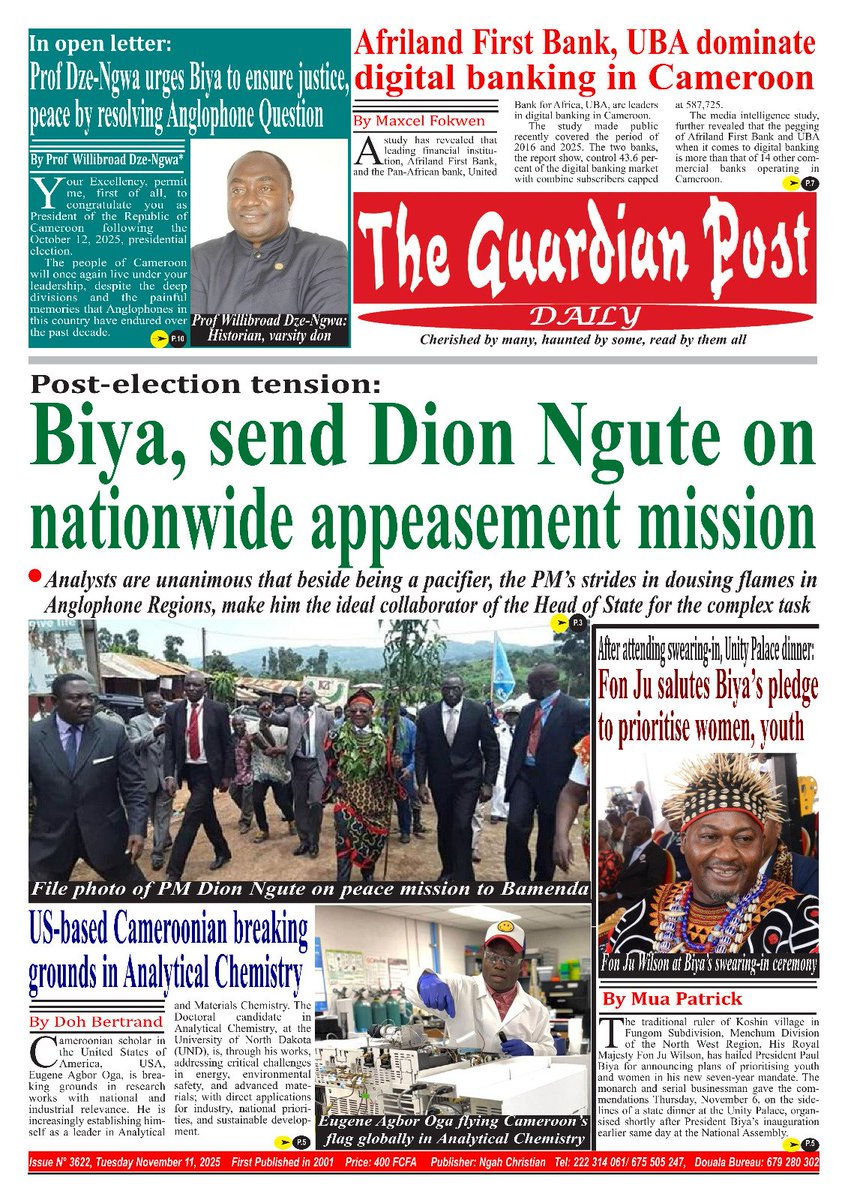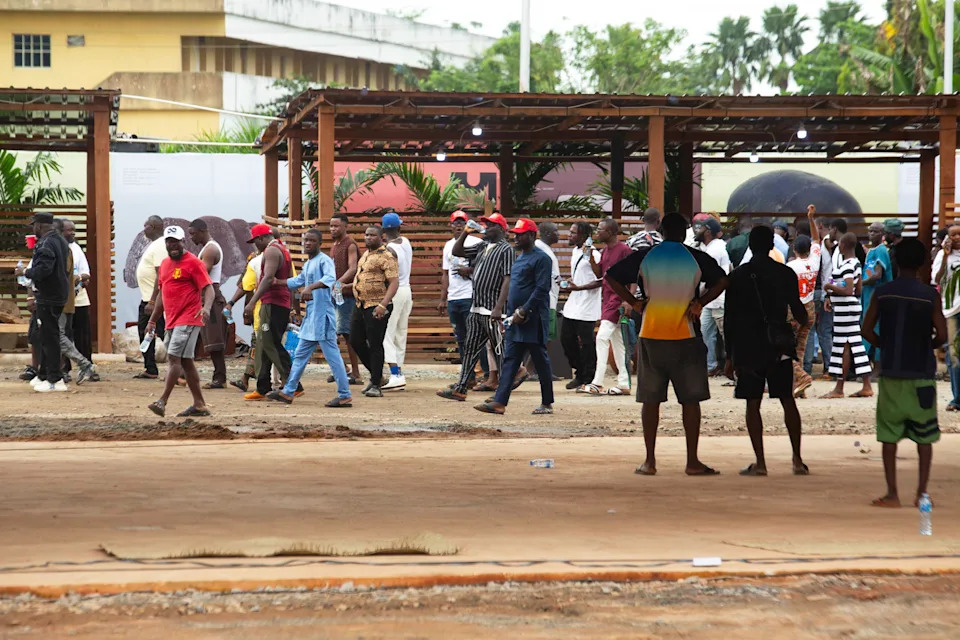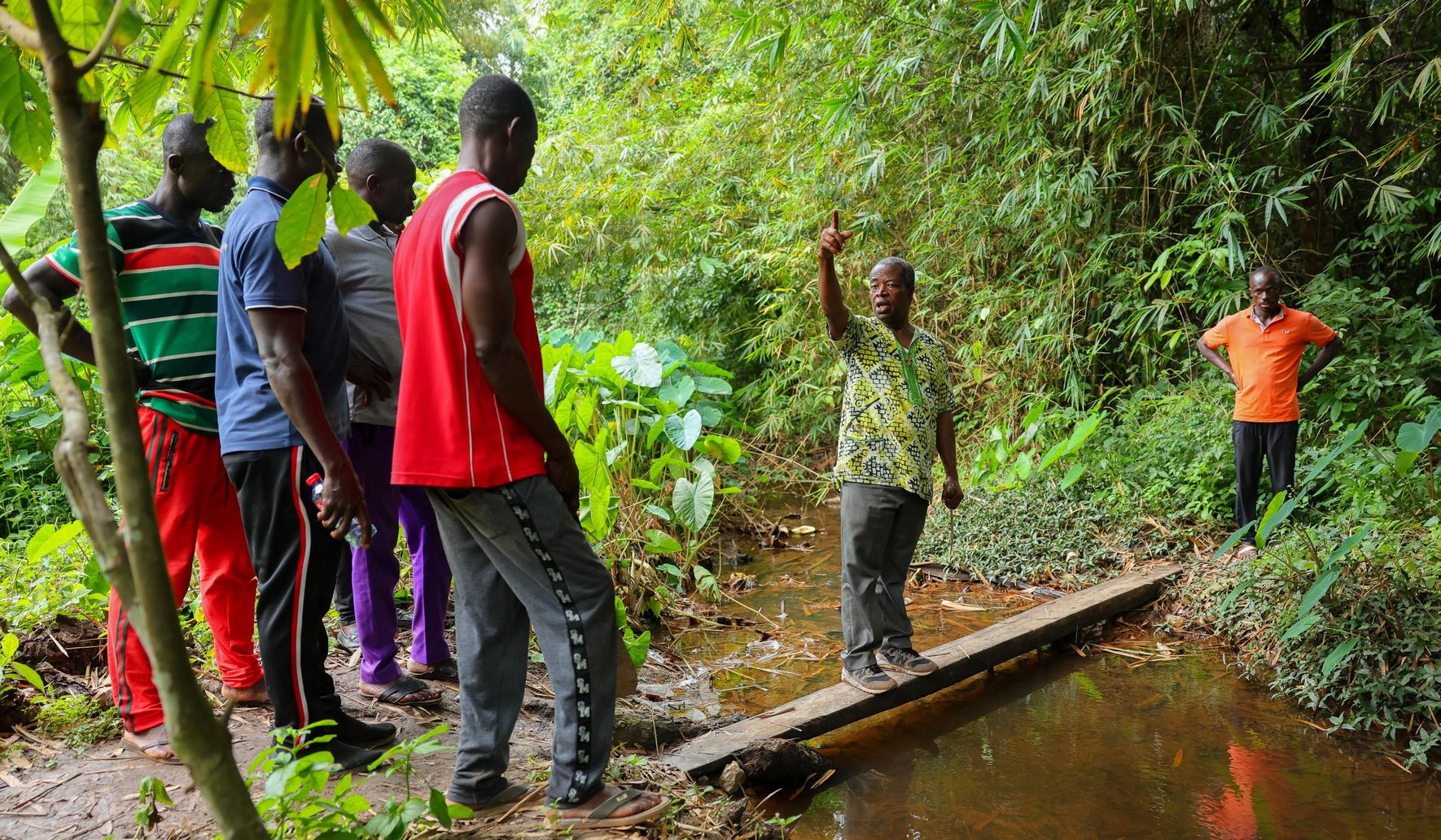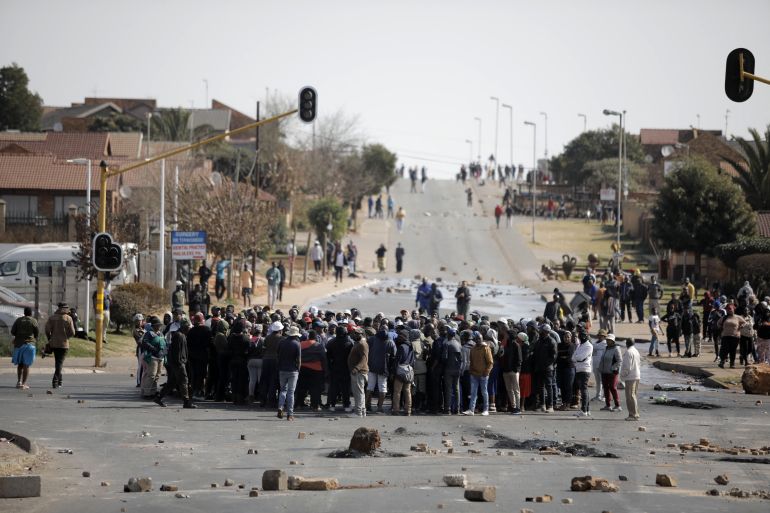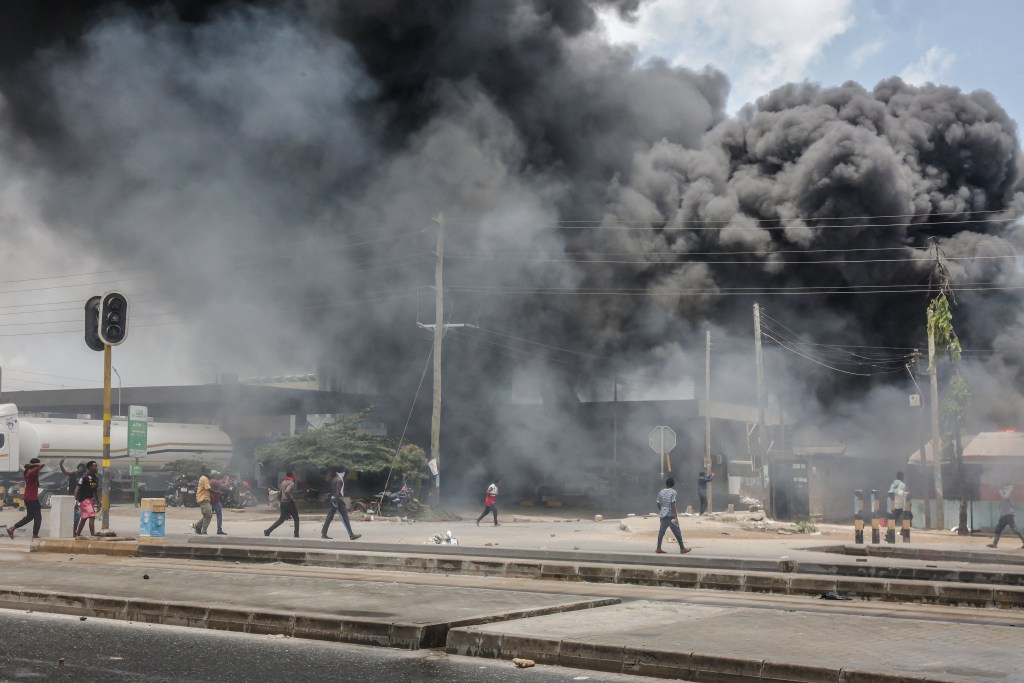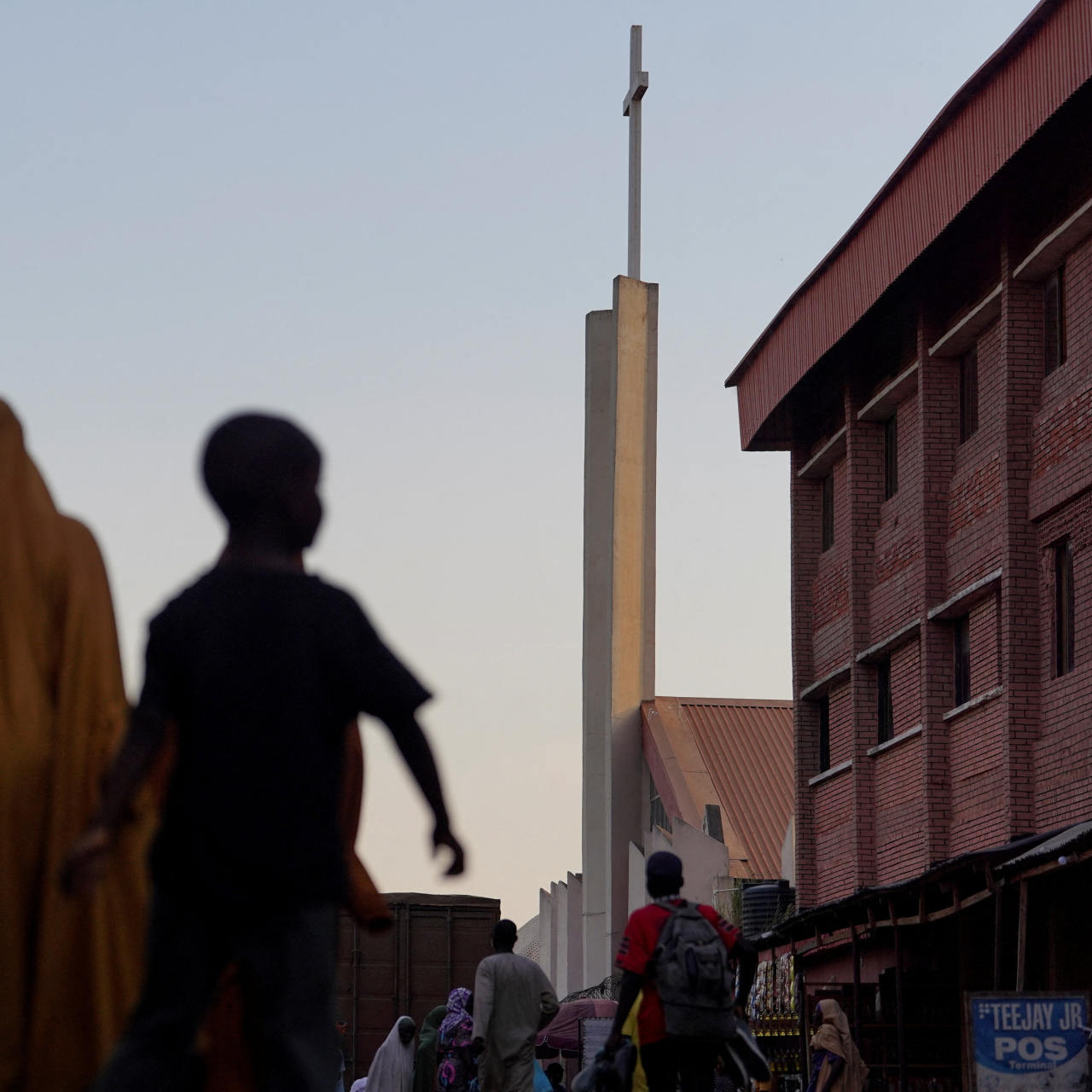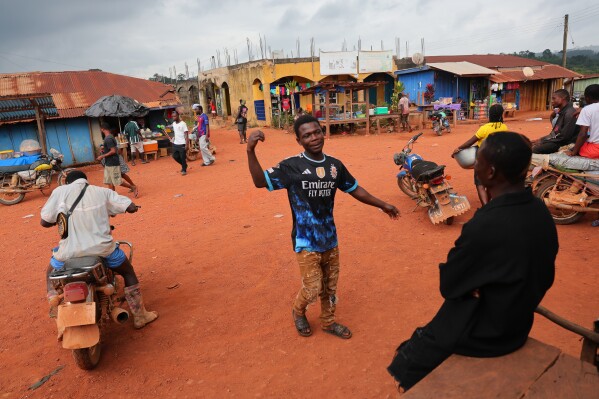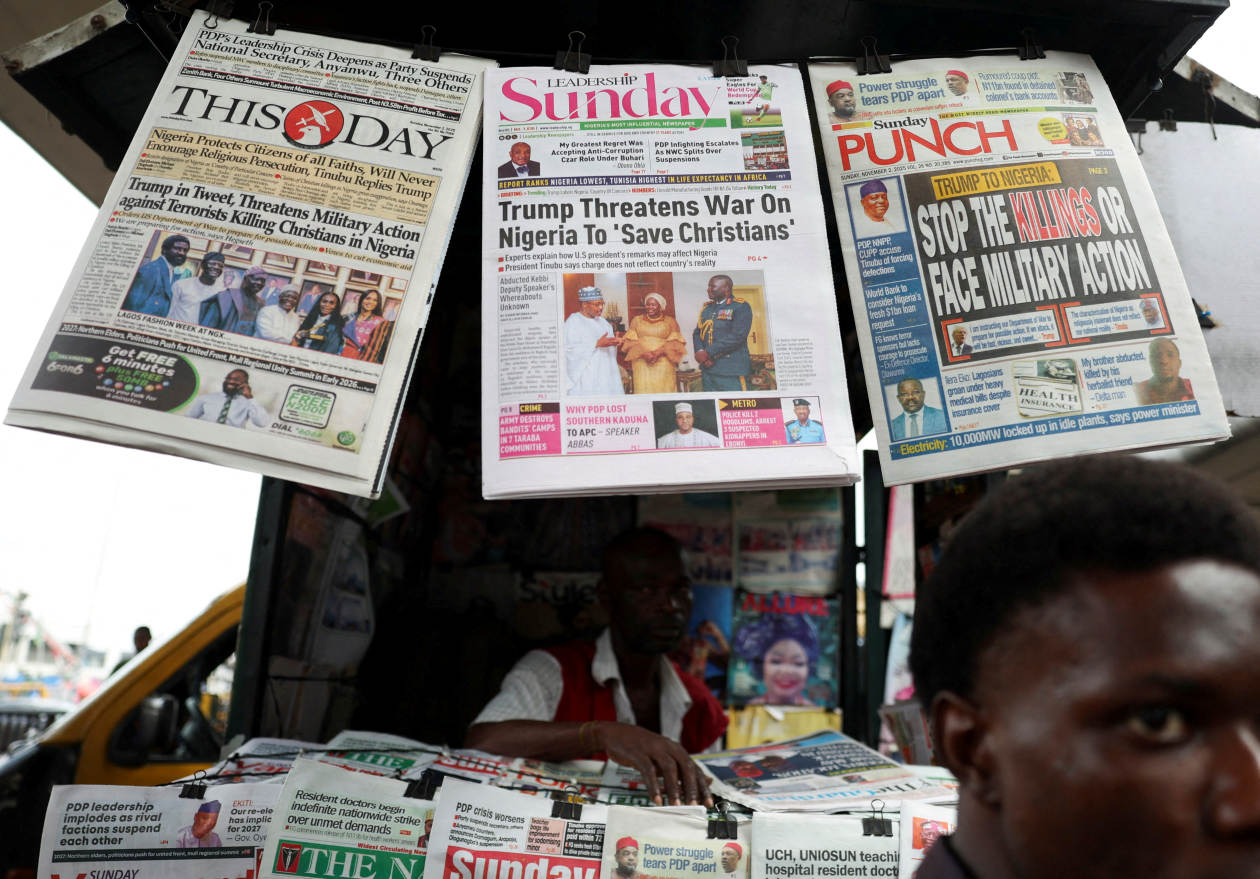
Nigeria at a Crossroads: Art, Faith, and International Pressure Shape a Nation’s Future
Nigeria is definitely at a critical juncture, facing intense global scrutiny as complex issues converge. We’re talking about cultural heritage protests in Edo State, a worsening climate of religious persecution, and foreign military warnings. This West African powerhouse is really grappling with its identity, sovereignty, and security. These aren’t just local issues; they’re echoing across the continent, grabbing attention from places as far as Seoul to Senegal. Remember the new Museum of West African Art, Mowaa, in Benin City, Edo State? It was supposed to be a cultural symbol, a home for the famous Benin Bronzes, priceless artifacts taken during British colonial raids in the 19th century. The idea was to reconnect Nigerians with their history. But the opening was cut short when protestors stormed the place, demanding foreigners leave and airing grievances rooted in local political squabbles. The BBC reported on this disruption, which underscores how Nigeria’s efforts to deal with its colonial past are still fraught with tension, even in places meant for celebration and learning. This isn’t just about old art; it’s about the broader struggle for national identity and governance.
But while Edo State deals with its own local cultural and political unrest, something far darker is happening nationwide. Nigeria has seen a surge in violence, mostly targeting religious minorities, particularly Christians, in its northern regions. Radical Islamist groups and nomadic herders, often clashing over land and resources, are behind these attacks, which have drawn sharp international criticism. It’s notable that the U.S. State Department’s descriptions of these as mere “socio-economic clashes” haven’t seemed to capture the deadly reality many Nigerian communities face. Then came the extraordinary announcement: former U.S. President Donald Trump designated Nigeria a “Country of Particular Concern,” highlighting the persecution of Christians as a major international human rights crisis. Trump’s message was blunt, suggesting that if President Bola Ahmed Tinubu’s administration didn’t protect vulnerable populations, intervention could be on the table. His phrase “guns-a-blazing” sent shockwaves through diplomatic and military circles in both Nigeria and the United States. Reports even surfaced that the Pentagon was ordered to prepare for possible military action, a move fueled by long-standing advocacy from influential American evangelical leaders and Senator Ted Cruz. The Washington Post detailed these shocking developments, exploring how Trump’s remarks were part of a strategic “art of the deal” approach to test Nigeria’s response to external pressure.
So, where does Nigeria go from here? Some analysts see Trump’s threat as an attempt to assert American influence in a geopolitically crucial African state, while others view it as a moral stand against religious persecution. Supporters, as the National Review reported, commend the focus on religious freedom in U.S. foreign policy, hoping it spurs more decisive international action and pushes the Nigerian government toward reform. But critics warn that military threats could just make things worse, ignoring complex socio-economic issues like climate displacement and resource competition. This mix of cultural pride, religious conflict, and global politics has truly put Nigeria at a crossroads. The Mowaa museum disruption reminds us that historical wounds and governance problems simmer just below the surface of Nigeria’s vibrant society. At the same time, the ongoing suffering of religious minorities needs urgent attention and honest conversation, not just from Nigerian leaders, but from the global community too. Moving forward, Nigeria’s path hinges on balancing its sovereignty with global partnerships that champion peace, human rights, and cultural healing. These intertwined challenges demand comprehensive solutions: dialogue, development, and reconciliation. As Nigeria navigates this tumultuous period, its story offers a vital case study for the entire continent, showing us both Africa’s vulnerabilities and its remarkable resilience amid political turmoil. We’ve seen similar patterns influencing regional stability in Mali, don’t you think?



